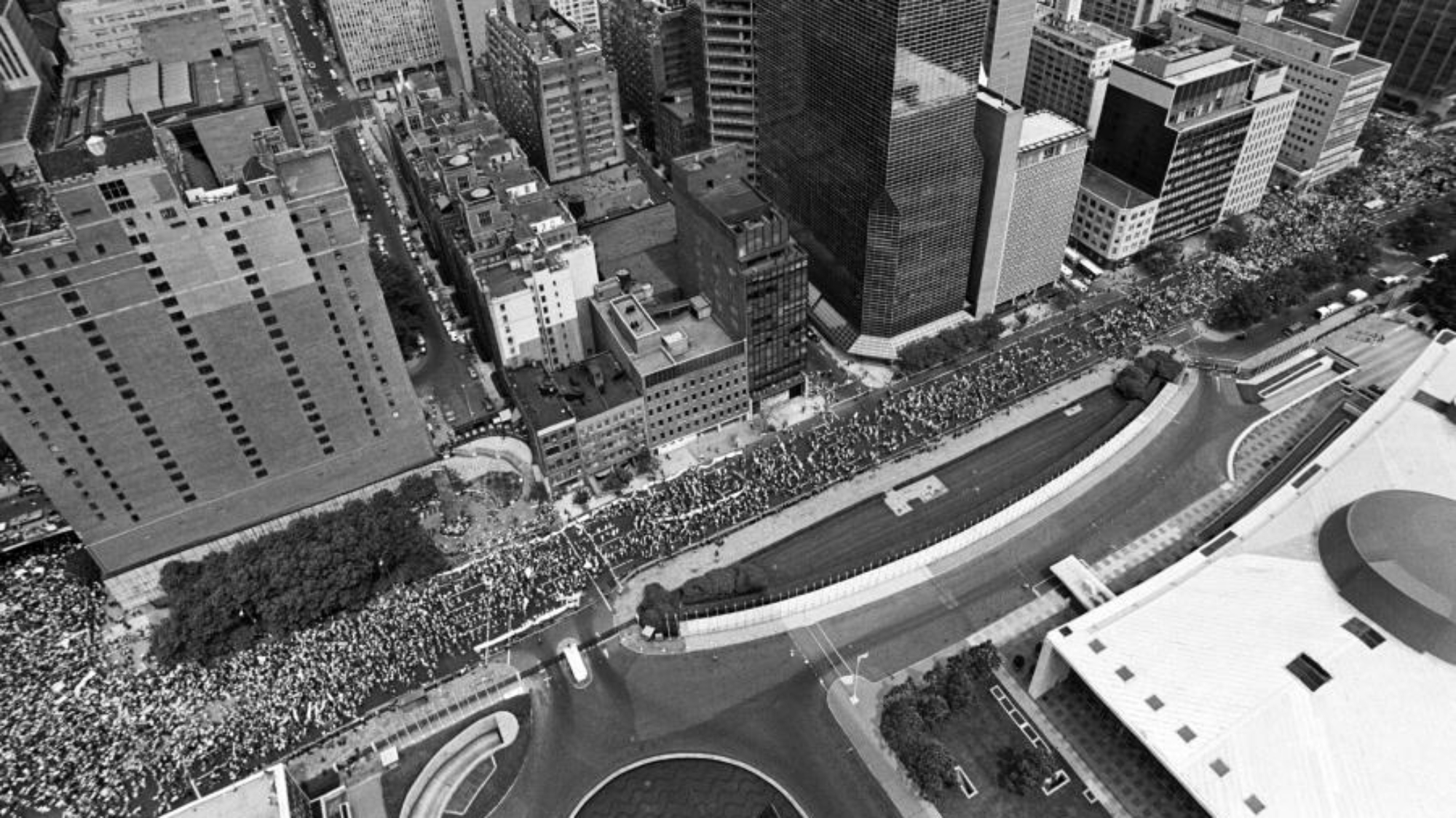The virtual seminar will be held from 12:30-2:00p.m. ET
On June 12, 1982, up to a million people rallied in New York City in support of the nuclear free campaign. Drawing from decades of experience in antinuclear activism and a review of newly released research on the nuclear freeze movement of the 1980s, this talk will highlight the essential factors that led to the rise of antinuclear mobilization in the United States and exerted effective political pressure leading to nuclear arms reduction and the end of the Cold War. It will discuss how these processes relate to the possibility of countering the increased nuclear dangers today, including from Russia’s war of aggression in Ukraine.
ABOUT THE SPEAKER: David Cortright is professor emeritus and former director of policy studies at the University of Notre Dame’s Kroc Institute for International Peace Studies. He has a long history of public activism for peace and disarmament. He was executive director of SANE from 1978 to 1987 and then co-director of SANE/Freeze, now Peace Action. Cortright is the author or editor of more than 20 books, including Peace: A History of Movements and Ideas (Cambridge University Press, 2008) and Peace Works: The Citizen’s Role in Ending the Cold War (Westview, 1993).
